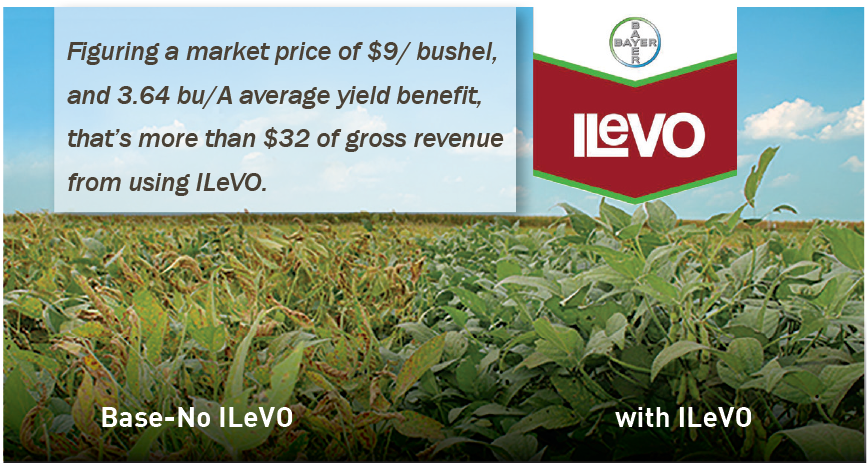Tips for Managing SDS in 2017 and Beyond
Sudden Death Syndrome (SDS) in 2016 affected numerous soybean fields in the Upper Midwest. We saw SDS in fields where it had never been a problem, and some of that can be attributed to Mother Nature. Frequent or heavy rains can add to the severity of the disease, and irrigated fields are also at higher risk.
While we cannot control the weather and it’s not possible to get rid of this soil-borne fungus, there are strategies you can implement to protect future yield:
- Studies show SDS severity increases when high populations of Soybean Cyst Nematode (SCN) are present. Practices that lower the SCN population may also help decrease SDS, but note SDS and SCN can infect fields on their own.
- Improving drainage and soil structure, as well as reducing compaction, can help reduce the severity of SDS. Any movement of infected soil spreads both SCN and SDS within the field and to other fields.
- Wait for fit soils. Working or planting into wet soils greatly enhances the disease. I spoke with farmers who rolled their fields in 2016 when conditions were too wet, which increased the severity and incidence of SDS in their fields.
- Crop rotation. There have been reports of farmers using an oats and alfalfa/clover rotation in a third year that seemed to reduce SDS severity. However, crop rotation in general hasn’t been effective in managing SDS, as the SDS fungus readily invades corn roots. Legume crops like alfalfa, clovers, navy beans and pinto beans also can host the SDS fungus.
- Plant soybean varieties that are tolerant to the disease. While no soybean brand is completely resistant, planting tolerant varieties can minimize yield loss. At Latham Hi-Tech Seeds, we evaluate soybeans for a wide range of diseases, including SDS. Only those with the best defensive packages earn the IRONCLADTM distinction.
- Delayed planting allows the soil to dry and warm. Because overall soybean yield research shows higher yield potential with early planting dates— even if SDS is present at moderate levels — I recommend delayed planting only when a field has a history of severe SDS and yields have been drastically reduced in past years.
- Employ ILeVO®. The most exciting new tactic for SDS management is ILeVO seed treatment from Bayer CropScience. Numerous university trials have shown IleVO effectively reduces SDS severity and protects yield. Latham’s own research across 26 locations in 2016 showed an average benefit of 3.64 bu/A, which easily pays for the cost of the treatment.(See the January 2017 issue of TECHtalk for more details.) Other seed treatments claim efficacy on SDS, but university research shows the level of effectiveness from thiabendazole products like Mertect® are not quite as good as what ILeVO shows.
If Sudden Death Syndrome is a potential problem in your area for 2016, do all that you can to limit its effect in the future. Feel free to call me if you have any questions.
